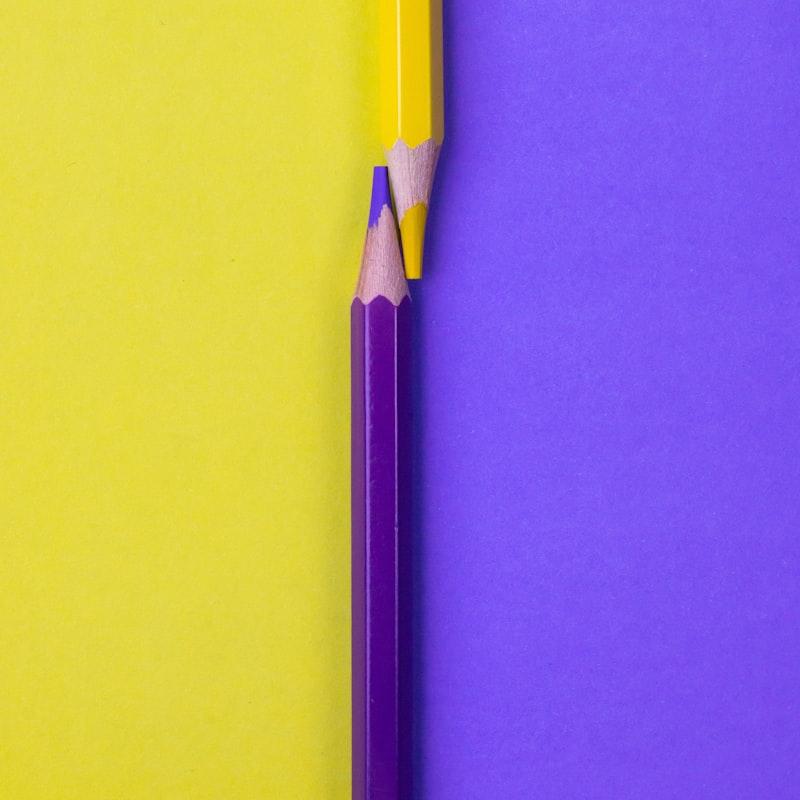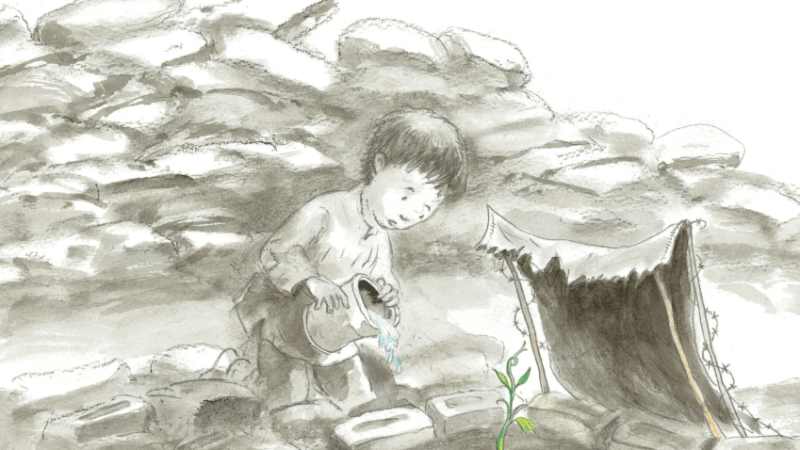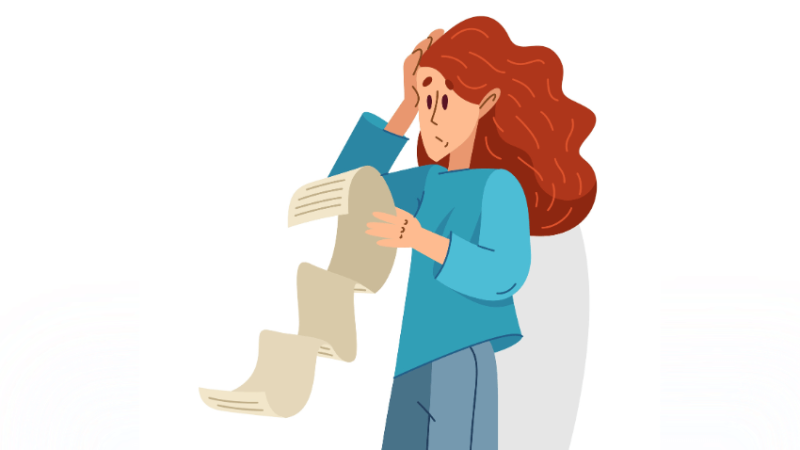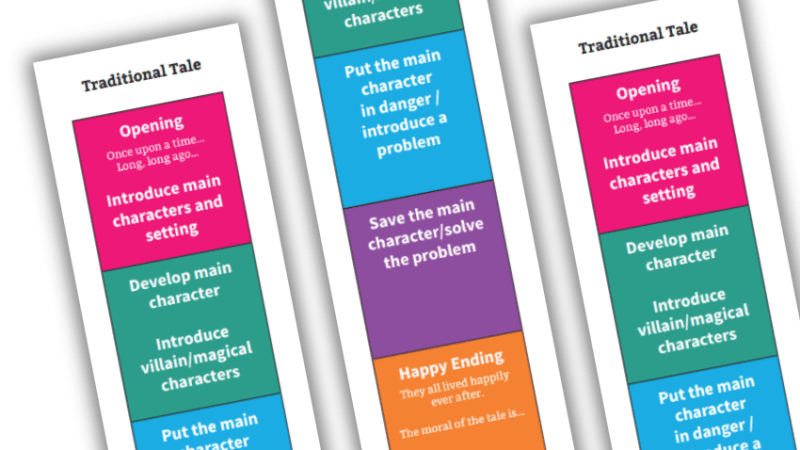Sentence openers – Best KS2 worksheets and resources
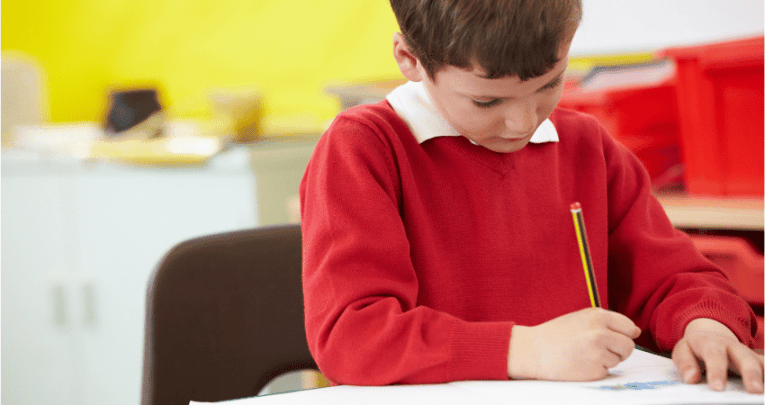
Help children improve and vary sentence openers in creative, persuasive and essay writing with these activities, ideas, lessons and more…

- by Teachwire
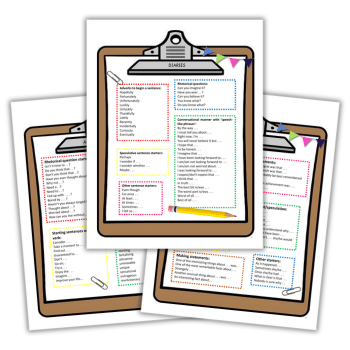
What are sentence openers?
Sentence openers, also known as sentence starters, are a word or phrase used to begin any given sentence. It’s useful for children to learn to work on these to vary their language and therefore improve their writing.
Just like people, sentence openers come in many shapes and sizes. Some are a classroom staple and useful for many writing opportunities. Others are created for a more specific purpose. They can help to:
- introduce
- activate prior knowledge
- build
- support
- structure
- suggest
- clarify
- elaborate
- give examples
- reinforce
- summarise
You can use them at any point in the lesson to structure meaningful conversation. They can be useful at the beginning of a piece of writing, in the middle, or even towards the end – whenever you think they will clarify learning or aid progress.
How to use sentence openers in your classroom
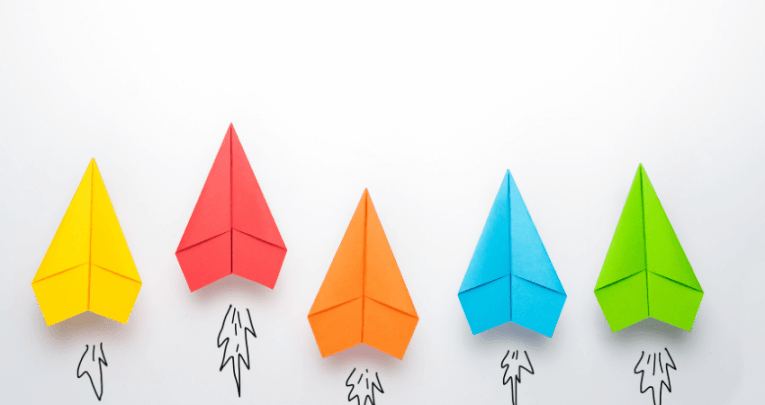
Lose those exasperated refrains of “I don’t know what to write”, and get pupils off to a flying start with these irresistible sentence openers for KS2 from Collette Waddle…
I’ve been a teacher for nearly 20 years, and almost every educator I know has suffered this pain: delivering what you believe is an engaging, stimulating, practically BAFTA-winning introduction to writing, only to be met with “I don’t know what to write,” or “What are we doing?”.
So often, the difficulty comes not from writing in general, but rather getting pupils to start writing. Enter sentence openers for KS2.
We all know those pupils that struggle to write, and often it’s the ones that don’t read a lot. There are many reasons for this correlation, but I think one key factor is that they don’t have that bank of imaginative ideas that reading provides, to dip into.
Sentence openers are great for providing these ideas that allow children to get going. For me, they’ve been a game-changer.
I made up a few within a lesson one day and popped them on the working wall. It was a ‘spur of the moment’ idea, but it really worked.
“Sentence openers are great for providing these ideas that allow children to get going”
The less confident children used them, found a voice and began to engage, safe in the knowledge that they were on the right track. Others even added their own suggestions.
So, how did it work?
If you haven’t come across them much before, sentence openers, also known as sentence stems, give all pupils the chance to contribute, orally or in writing, while using complete sentences.
They’ll help the children begin their composition, while (sneakily) encouraging practice of the vocabulary and grammar conventions you want them to learn.
Using sentence openers successfully
Create
When thinking about writing genres, create your starters and always include genre-related key vocabulary, phrases and language structures. Start small and keep sessions speedy, oral and fun at first.
Adapt
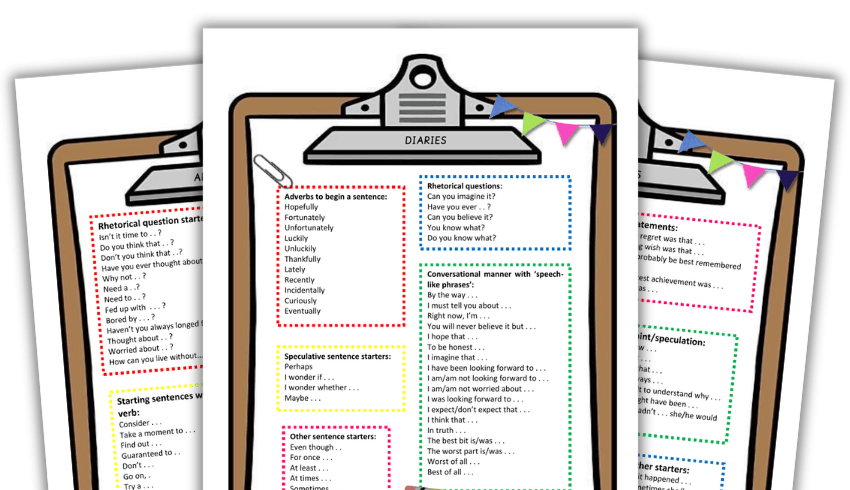
Once pupils have mastered using them, download these ready-made sentence starter clipboards. Use as they are, or adapt to suit your style, teaching, children or aims. You choose. Just be sure to build in progression.
Model
Show pupils how to use sentence starters. Don’t just focus on the writing, but the thinking, the choosing, and the ‘hmmm, that one doesn’t quite work, I need to change it’ moments.
Model changing your mind, and the messy planning and writing process: just do it with the sentence starters as part of the journey.
Practise
Review the starters you use regularly, and provide examples of how children could potentially complete some of them (oral or written). Complete a couple deliberately wrong and watch the fireworks!
Can children identify what’s wrong with the rest of the sentence? Can they correct it? Create opportunities for practice.
Review
Once pupils are confident with sentence starters, they can share their ideas. You can critique results, giving kind, constructive feedback.
A crucial piece of advice to give to pupils is: “Vary your sentence starters.” Even with strong sentence openers, writing becomes bland if they overuse the same ones. Encourage variation.
Write your own bland version and read it out in a monotone voice, just to drive home the point.
Revisit (regularly)
Plan regular revisits. To encourage progression, challenge pupils with sentence starters that are just above their current assessment level. Make them work for it!
Sentence openers activities to try
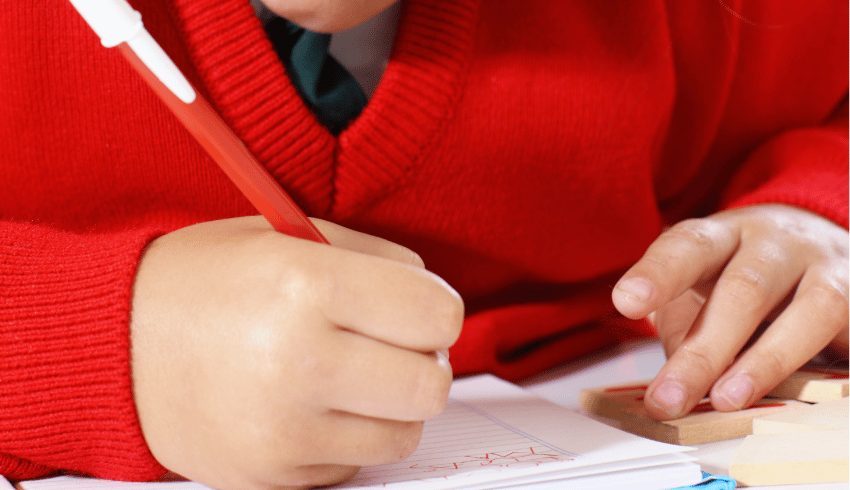
As well as making sure you’re following the right processes, engaging activities can also help bring your writing lessons to life. These are my favourites for helping pupils use sentence starters:
Connections
Cut out (or just mix up on a worksheet) a selection of sentence starters and endings. Pupils need to match up each starter with the correct ending.
Are there any starters that work with more than one ending? Why? This activity is great for provoking discussion on the ways we use language.
Upgrade
Prepare some sentence starters and give a copy to each pupil. Then, give them two to three minutes to complete each one, using information from recent learning.
After three or four minutes, the children should swap their sentences with a partner and add to or edit the information on their partner’s sheet. After another three or four minutes, pupils should then swap back and review their edited list.
Sentence starters reboot
Get pupils to choose a paragraph from an old piece of writing that they want to improve, and have them redraft it using sentence starters.
Encourage them to focus on choosing the starters that are going to provide the best flow, will have the best impact, and will make their writing the best it can be.
This is a good opportunity to discuss who the intended audience of the writing is, and whether children can figure out which type of sentence starters will work best.
For example, are they trying to:
- introduce something?
- support an argument?
- give examples?
- summarise a point of view?
News at 10
This follows on well from ‘sentence starter reboot’, and involves pupils presenting their writing as a news report, using the appropriate sentence structures.
You could even turn your classroom into a news studio and have the children take it in turns to read their work, and give each other constructive feedback.
Prior knowledge tap
For this activity, give the children a time limit and see how many sentence starters they can come up with. You could try prompting them with questions like: “How many sentence starters that you would expect to see in a set of instructions can you write in four minutes?”
Interactive dice
Try adding sentence starters for KS2 onto interactive dice, so pupils have a fun way to practise their vocabulary. In groups of three or four, depending on the size of your class, each pupil takes a turn rolling the die, and then the rest of the group need to come up with different possible endings to the starter that has been rolled.
The bonus is that these are easy to adapt, depending on your class needs or learning aims.
Collette Waddle is a UKS2 teacher and resource creator. Follow her on Twitter @ColletteR.
Sentence starters classroom display
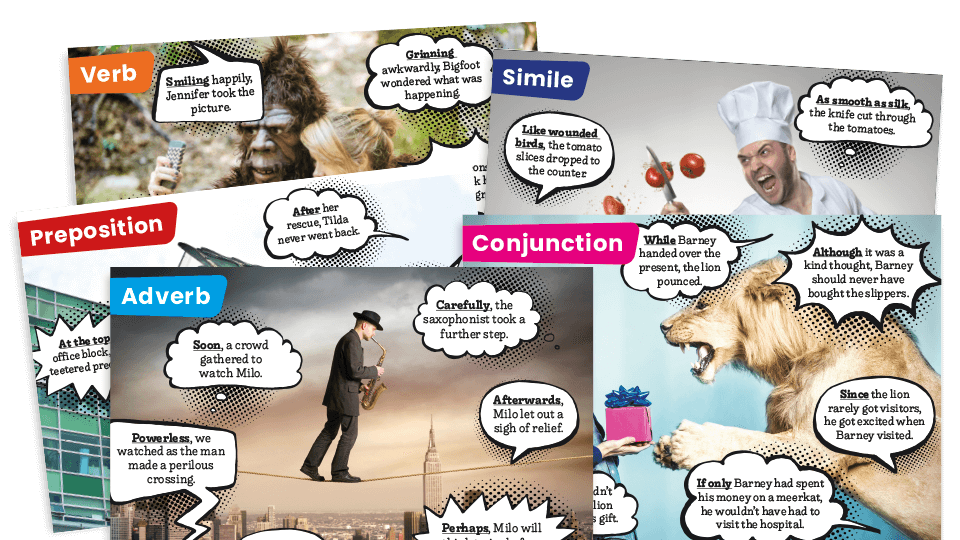
This classroom display pack from Plazoom features a set of six posters illustrating different ways to begin a sentence, using eye-catching images surrounded by example sentences – verb, adverb, simile, preposition, conjunction and onomatopoeia.
Plus, blank versions of the posters are also included, so children and teachers can add their own text suggestion.
KS2 sentence starters game
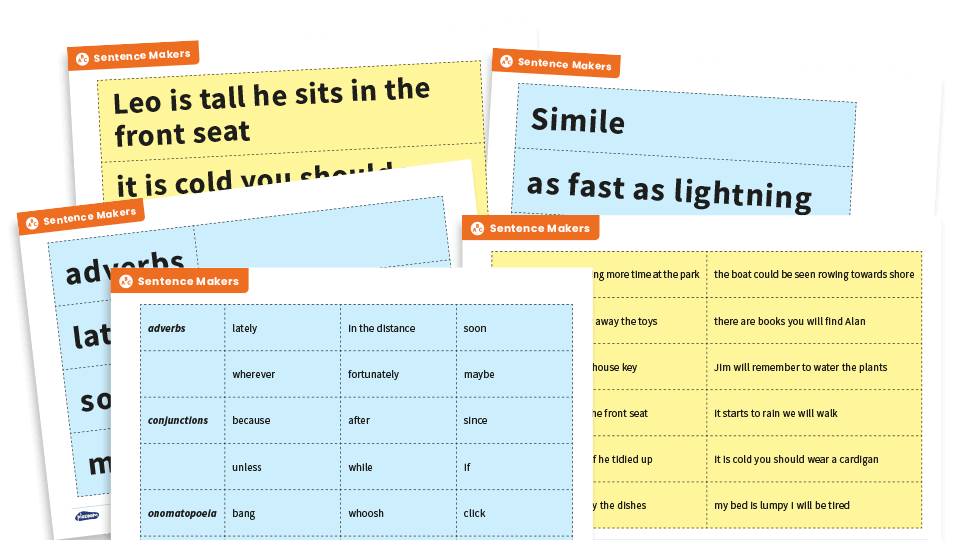
With this KS2 grammar game from Plazoom you can help children explore different ways of starting sentences.
In it, there are two sets of cards: the blue cards contain examples of adverbs, conjunctions, onomatopoeia, prepositions, questions, similes and verbs that can be used to start a sentence, while the yellow cards contains clauses which can be added to the blue sentence starters.
Six ways to open a sentence video
If you don’t mind the overly dramatic American narrator, this video handily walks children through opening sentences with the subject, where or when something happens, questions, an ‘-ing’ phrase, verbs ending in ‘-ed’ and ‘-ly’ words.
Each one is backed up with examples and is clearly explained for students to follow and use.
Sentence starter examples sheet
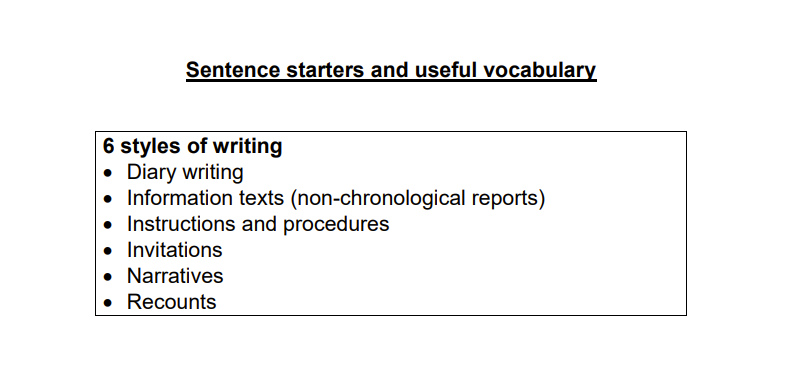
This eight-page PDF of sentence openers sorts its examples into six different styles of writing, such as diary writing, information texts and recounts, then provides a selection of options for each.




